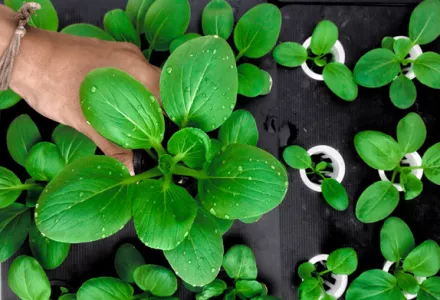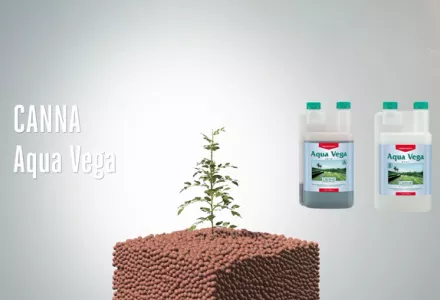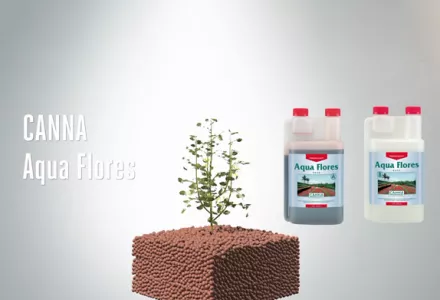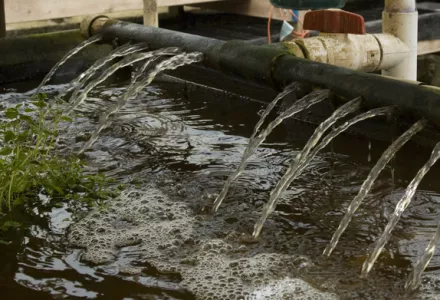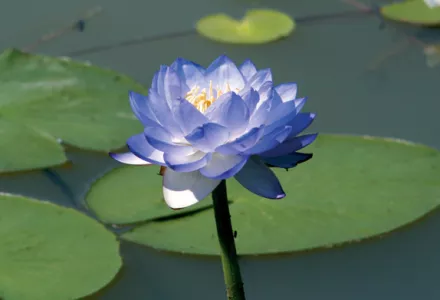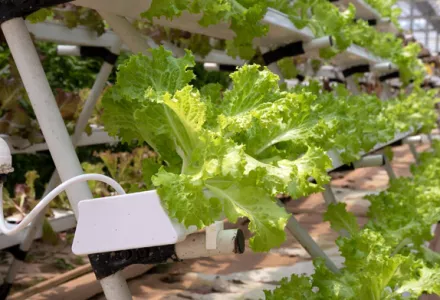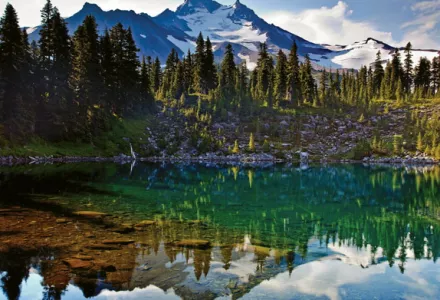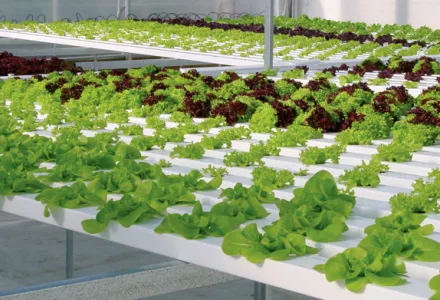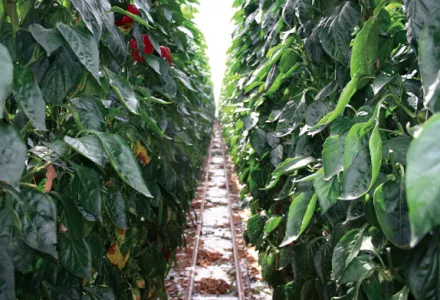The nutrient film technique is wonderful for growing shallow-rooted, lightweight, fast-growing plants like herbs, spinach, and leafy greens and is an ideal way for everyone from beginners to experts to bring some greenery into the home. It's a great system for those with small spaces and can be custom made to suit any available spot (including wall gardens). The system is fully self-contained, clean, lightweight, and with very little odour (the only thing that should smell are the flowers!), and there is no need for heavy and bulky growing mediums such as potting mix.
This system is similar to the flood and drain set-up, but differs in that the water-nutrient solution flows around the reservoir and growing tray in a continuous loop, rather than with timed breaks.
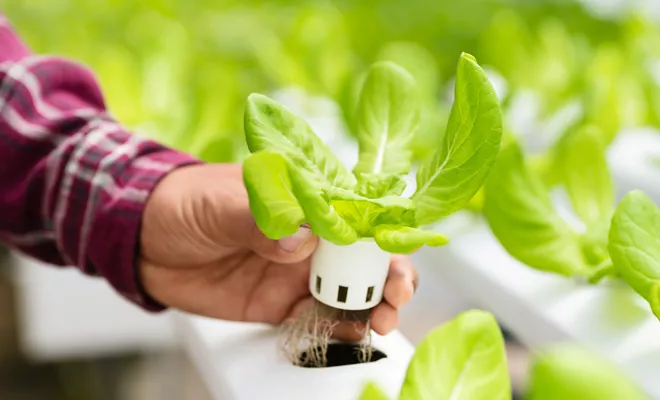
While you don't need a timer with this technique, you do require two pumps and an air stone to oxygenate the water, as well as tubes or channels to place your plants in.
This is a great water-saving technique, but because no grow medium is used (water flows over the bare roots), if the pump fails the plants will die quite quickly—though the advantage of the bare roots is that it's easy to check for disease.
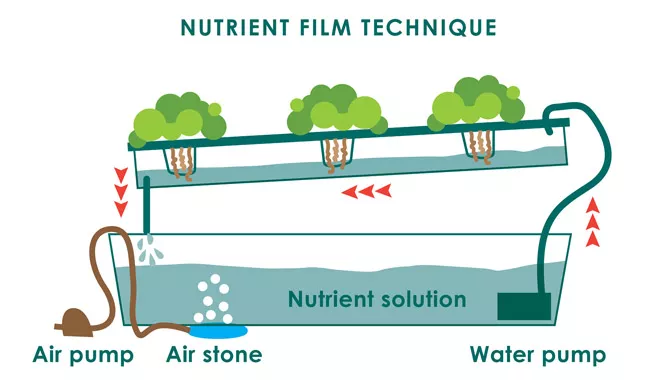
Parts
- Air stone and pump
- Submersible water pump
- Bucket for water reservoir
- Tubing
- Nutrients (such as CANNA AQUA)
- Tube or pipe to hold the seedling pots
- Seedlings in net pots
Directions
- Set up the air stone and pump in the water reservoir bucket
- Connect the reservoir to the pipe that will hold your seedlings with two lengths of tube—a fill tube and a drain tube.
- Attach the fill tube to the submersible water pump
- Drill holes in the pipe for the seedling pots to sit in and position the pipe at a slight angle to assist drainage
- Place the seedlings in the seedling pots and position in the grow pipe
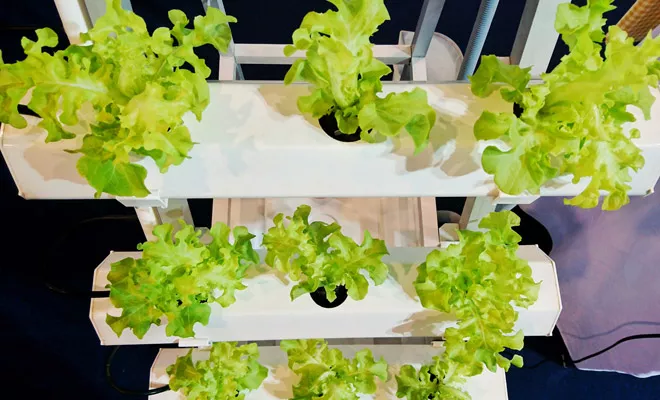
Top tips
- Completely change the nutrient solution in the reservoir every week
- Make sure you have back up parts ready and frequently check your equipment for any potential problems, as mechanical failure (and subsequent lack of water) will cause your plants to quickly wilt and die
- Use short lengths of pipe to hold your plants, to ensure that root systems at the end of the line get the same amount of oxygen and nutrients as those at the start
- Use a flat-bottomed channel or pipe if possible, so that the nutrients coat plant roots evenly
- Layering channels at different heights will increase your production area. Plants can be closer to each other than in a conventional planting system, providing maximum use of the space.
- Plants with heavy crops, like tomatoes or pumpkins, will need to be trained up a trellis, as the lack of growing media around the plants' roots means that weight is not well supported.
- Regularly check and trim plant roots to prevent long roots that can clog the system.
- The nutrient requirements of plants differ depending on what growth stage they're in. With CANNA Aqua's easy to follow instructions, you can ensure that whether germinating, growing, or flowering your plants are receiving the perfect amount of nutrients
- Try to keep the water in your reservoir between 16-20°C. Any higher, and the oxygen level will begin to drop, any lower, and the plant may think it's autumn or winter, and flower, or go to seed.
- Keep a close eye out for root-related plant diseases and rapid fluctuations in pH or nutrient levels. The best pH levels for most plants in hydro systems are usually slightly acid (between 5.8 and 6.2).
- Light is key—make sure your plants get at least six, but preferably between 12-16 hours of light (whether artificial or natural) every day.
- If you choose to use artificial lights, make sure to set them at a correct distance from your plants — your local hydroponic store will be able to advise you on how near or far you should place them. Remember too that different plants have different light requirements depending on where they are in their life cycle. If a plant naturally flowers during summer, then increase the hours of light when you want it to bloom, and vice versa for winter flowering plants.

